Australian Sheep Breeds for Meat Production
With wool prices fluctuating, shearing costs rising and the uncertain availability of shearers and wool shed workers, more and more Australian farmers are turning away from wool sheep to meat sheep breeds.
So what breeds of sheep are available for lamb and mutton production in Australia? Here is Farm Table’s summary of the more popular meat sheep breeds.
This list does not compare meat breeds with each other. There are no ‘better’ breeds of sheep. Every breed has characteristics to make it desirable or undesirable, depending upon a farm’s system of production and marketing aims. And just as for other livestock, there can be as much variation within a breed as there is across breeds.
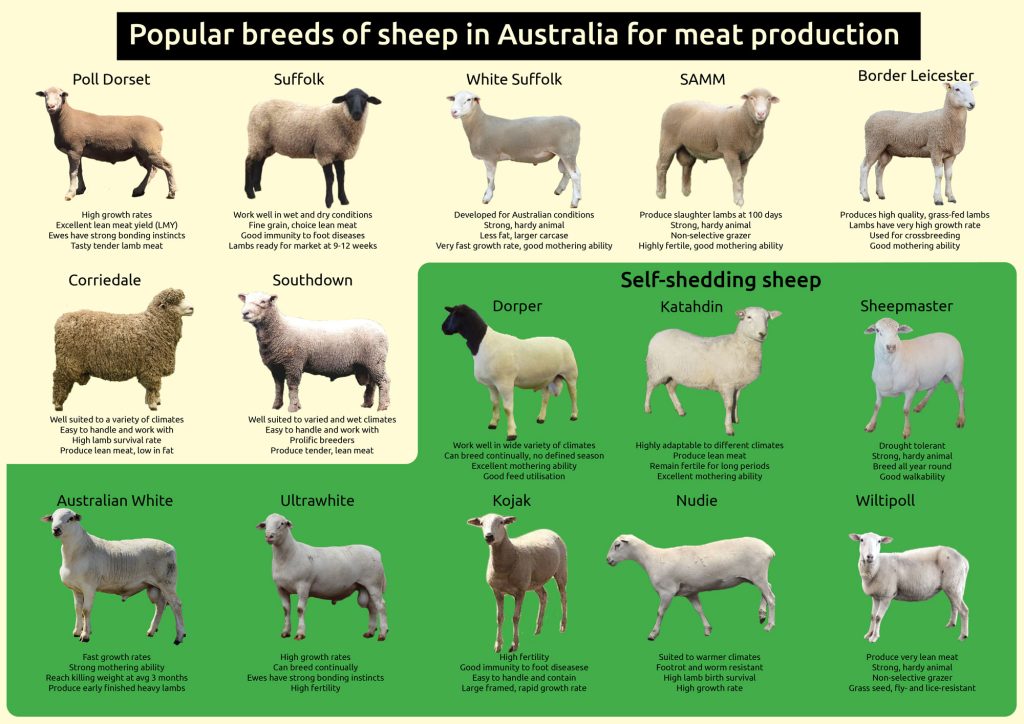
Key factors determining any meat sheep breed’s viability are lamb survival and growth rates plus the percentage of lean meat for each carcase – and of course the meat’s taste. A negative correlation does, however, exist between LMY (lean meat yield) % and the eating quality of meat. Generally, the higher the LMY% the lower the eating attributes of tenderness and juiciness. For this reason, retailers should be aware of striking a balance between eating quality and LMY%.
Many meat sheep breeds also produce good quality wool (breeds known as ‘dual-purpose sheep’).
In addition, self-shedding (they shed their own wool) meat breeds eliminate the need for shearing and are less prone to flystrike (see ‘Self-shedding sheep’ section below).
Poll Dorset
The Poll Dorset is a short-wool, meat producing sheep, with high growth rates that enable lambs to reach market weights quickly.
This breed shows high levels of lamb production across a large range of environmental conditions.
This Poll Dorset has an excellent lean meat yield (LMY) value and exhibits good muscle patterns, resulting in a higher proportion of quality cuts of meat. Poll Dorset sired lambs are renowned for their taste and tenderness.
These sheep also have the ability to breed all year round, with the ewes known for being excellent mothers. Their protective instincts and strong bonding ability mean that most lambs born will thrive. Poll Dorset sheep produce a ‘downs’ type of wool. Downs wool is known for its density and springiness, making it suitable for doona and quilt production. The density also contributes to a higher quality skin, which is used with high-wear items such as ugg boots and car seat covers
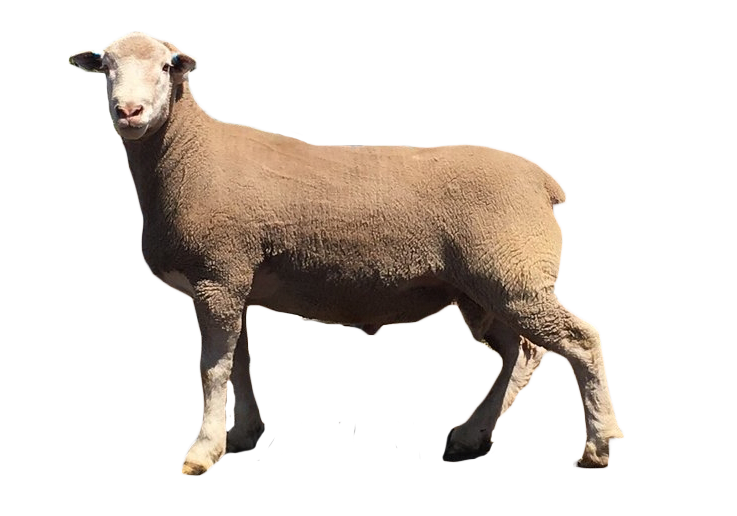
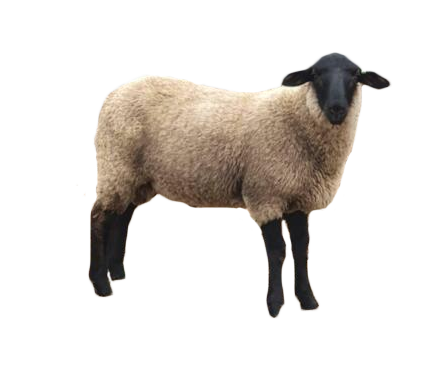
Suffolk
The Suffolk is a polled, black-faced breed raised primarily for meat. Under favourable conditions Suffolk lambs mature for market as early as 9 to 12 weeks.
Suffolk sheep can adapt to all environments. They thrive in wet conditions with their hard black feet providing immunity to foot diseases. They also work well in dry areas and hot summer conditions. Their clean face, crutch and points minimise flystrike and their strong constitution gives them high resistance to internal parasites.
Suffolks produce fine grain, choice lean meat, which has excellent flavour with a high proportion of lean meat.
When mated with Merino or first cross ewes, Suffolk cross wool is fine, short and moderately dense and comparable to the best cross bred wools. It is readily used in the woollen trade and is renowned for durability.
White Suffolk
The White Suffolk is an Australian breed developed for conditions here, with an aim to eliminating dark fibres from fleeces. The initial cross was between Polled Dorset and Suffolk breeds, and separately Suffolk crossed with Border Leicester.
The White Suffolk is very strong and hardy animal and has traits such as a less fat, larger carcase, and a very fast growth rate.
These sheep have excellent mothering ability and clean points, resulting in minimal grass seed problems.
White Suffolk produce high quality downs-type wool and skins.

Other notable breeds include the Texel & Southdown
Dual-purpose breeds (both meat and wool)
South African Meat Merino, or SAMM
First imported into Australia in 1996, the SAMM is a versatile, hardy, polled dual-purpose breed.
The SAMM is bred specifically to produce a slaughter lamb at an early age (35 kg at 100 days of age).
SAMM ewes have good mothering qualities and are highly fertile. This breed is also a non-selective grazer and so can consume low-quality roughage.
The wool is good quality, though not at the level of that from Merinos. No mulesing is required with this breed.
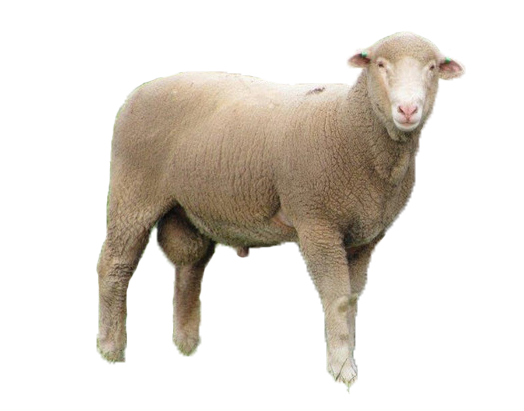
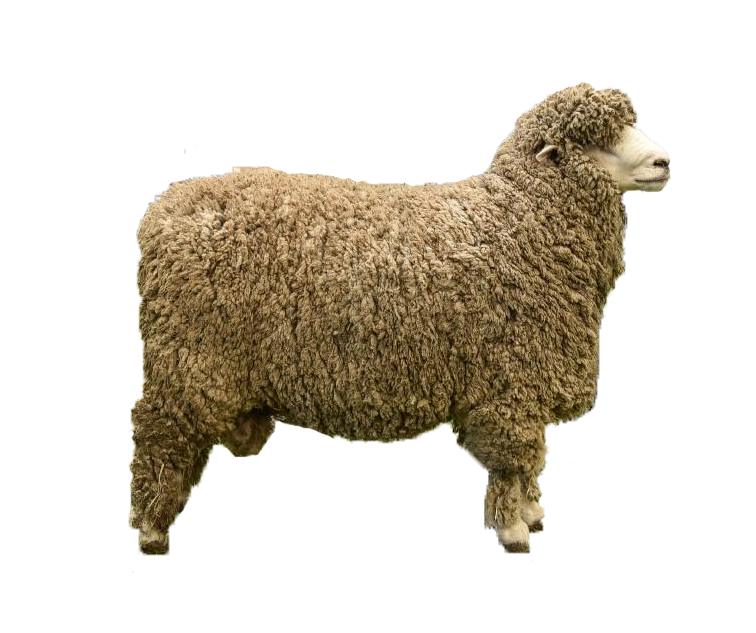
Corriedale
Corriedale sheep were developed in New Zealand and Australia during the late 1800s by crossing Lincoln or Leicester rams with Merino females. They are large-framed, polled, and have good carcase quality.
Corriedales produce bulky, high-yielding wool.

Border Leicester
In the Australian prime lamb industry, the development of the Border Leicester x Merino cross ewe has proven to be the backbone of its success. This magnificent, highly productive ewe produces a majority of Australia’s high quality grass fed lambs.
The Border Leicester x Merino cross ewe has become renowned for producing and raising high percentages of top quality lambs that grow rapidly to heavy weights.
The Border Leicester x Merino crosses produce good quantities of wool, which is stronger than most Merino fleece wool but still has a solid market niche.
Other notable dual-purpose breeds include the Coolalee, Coopworth, Cotswald, Romney, Polwark
